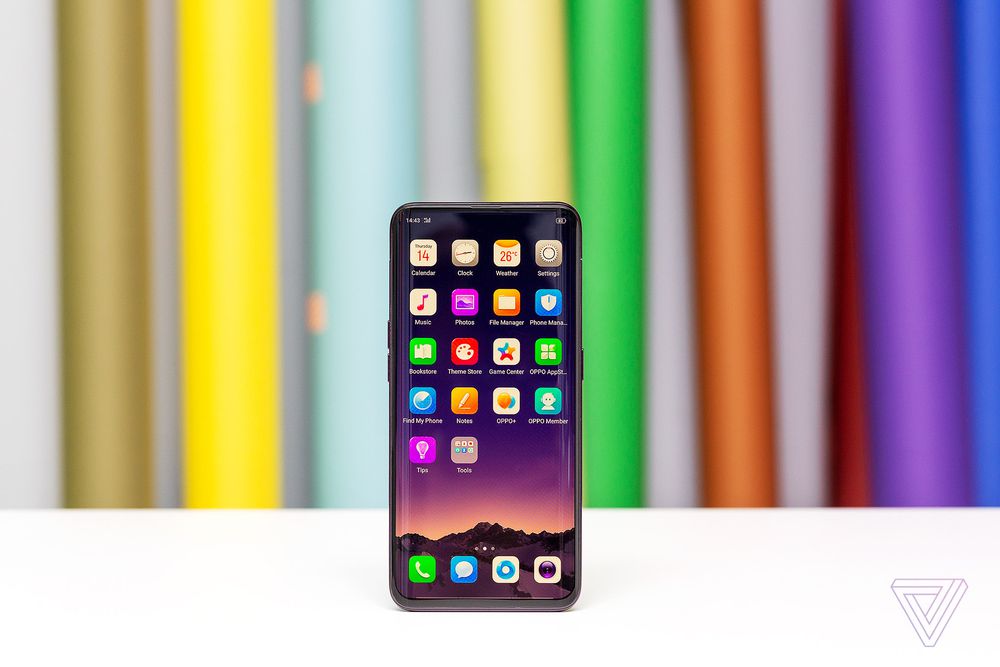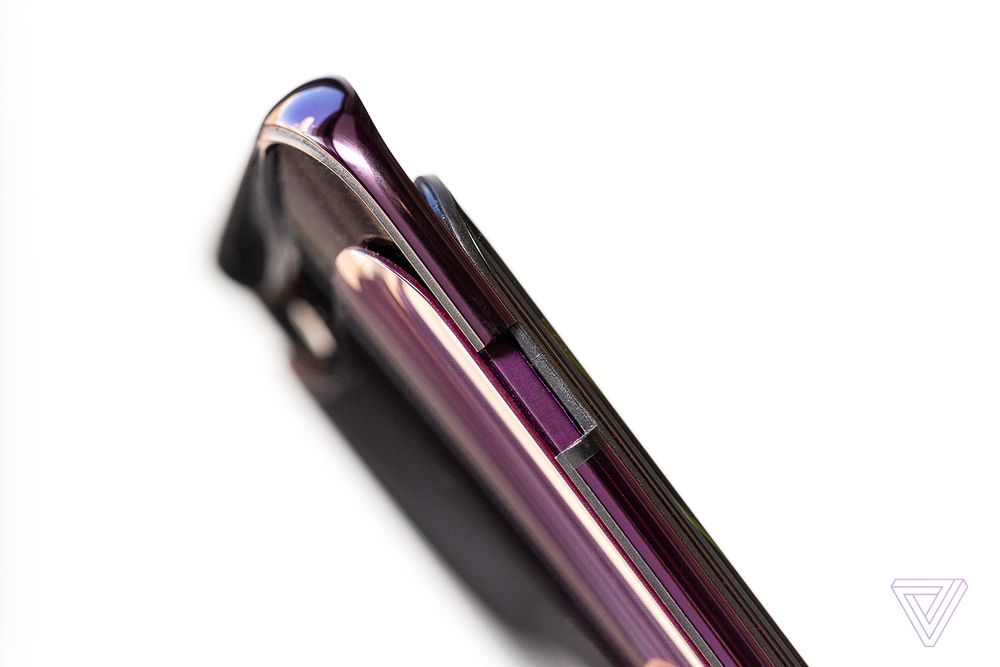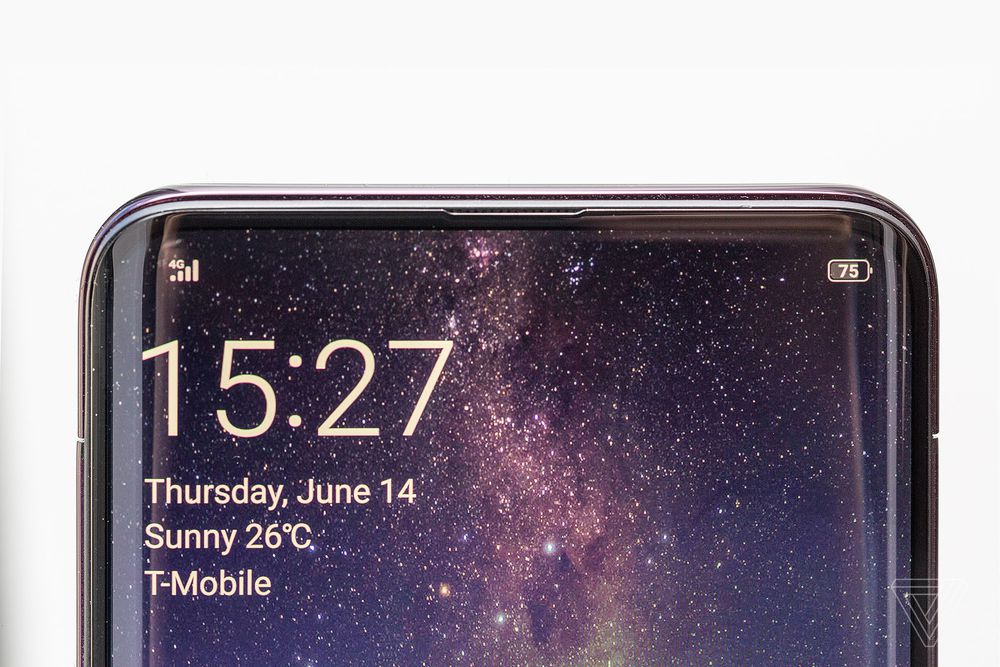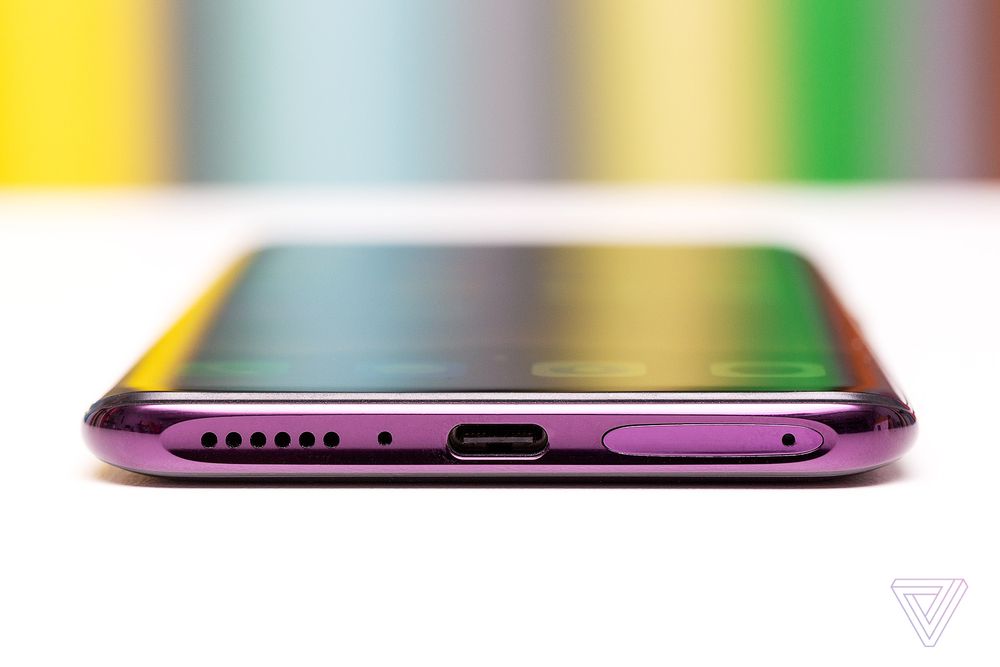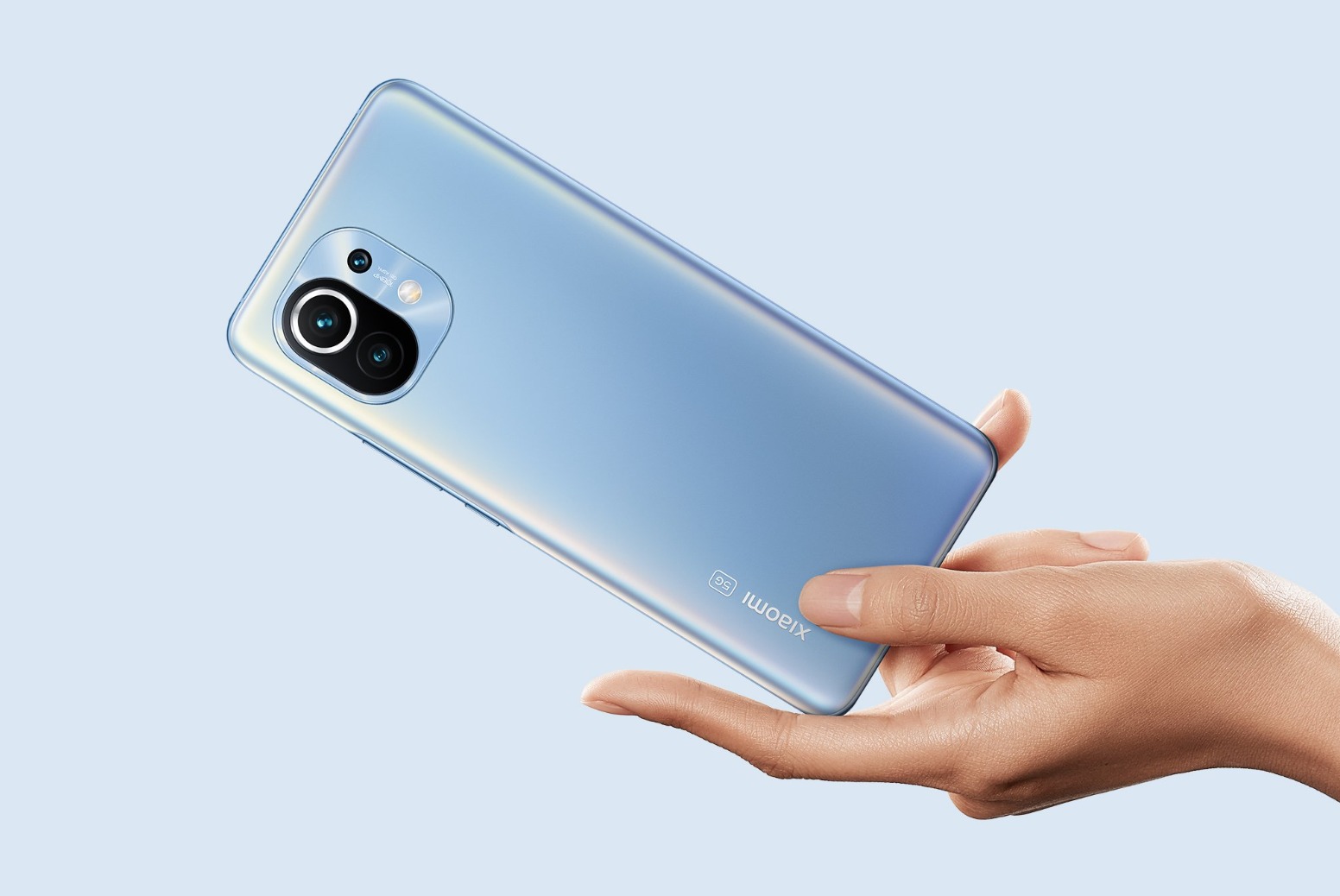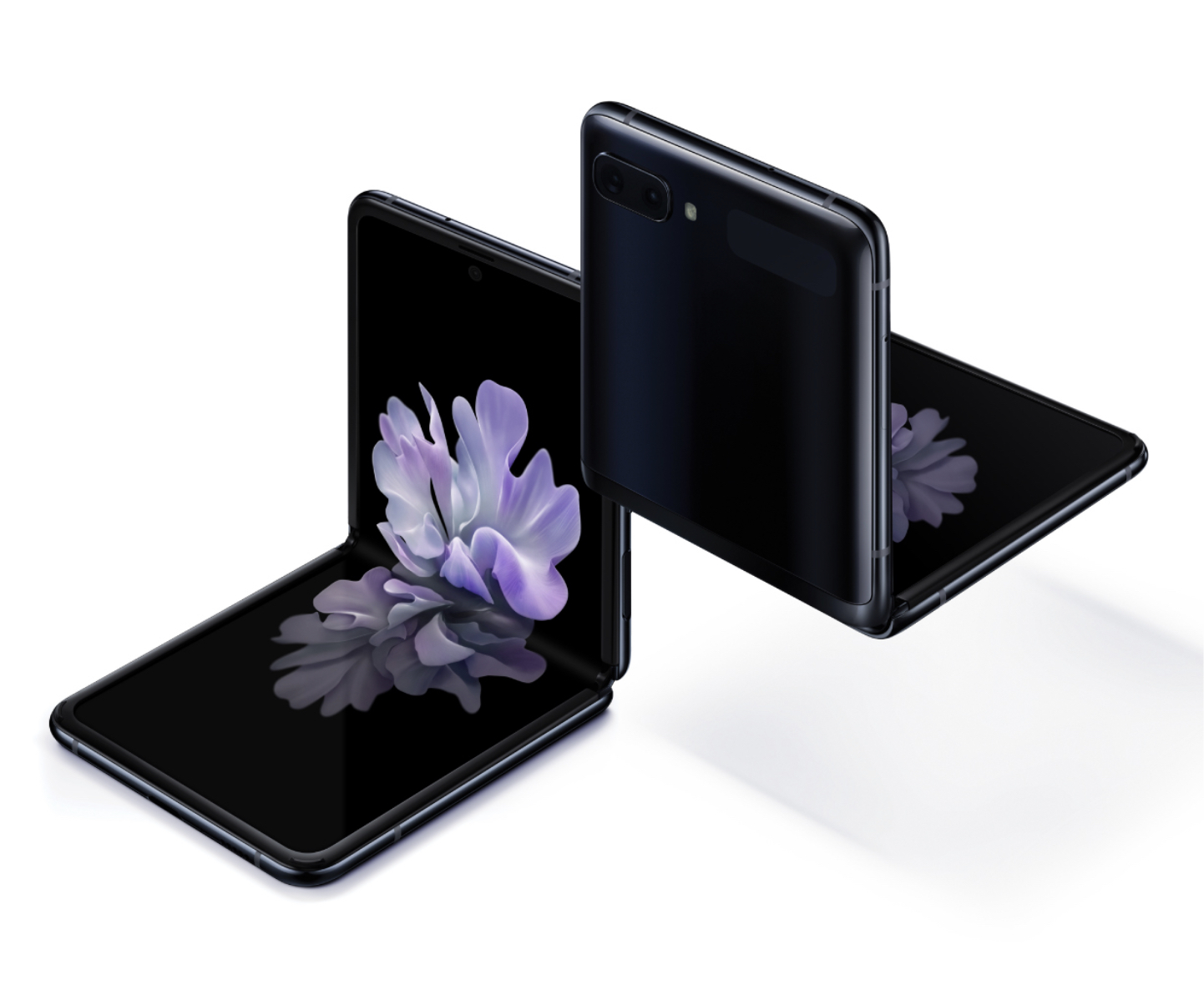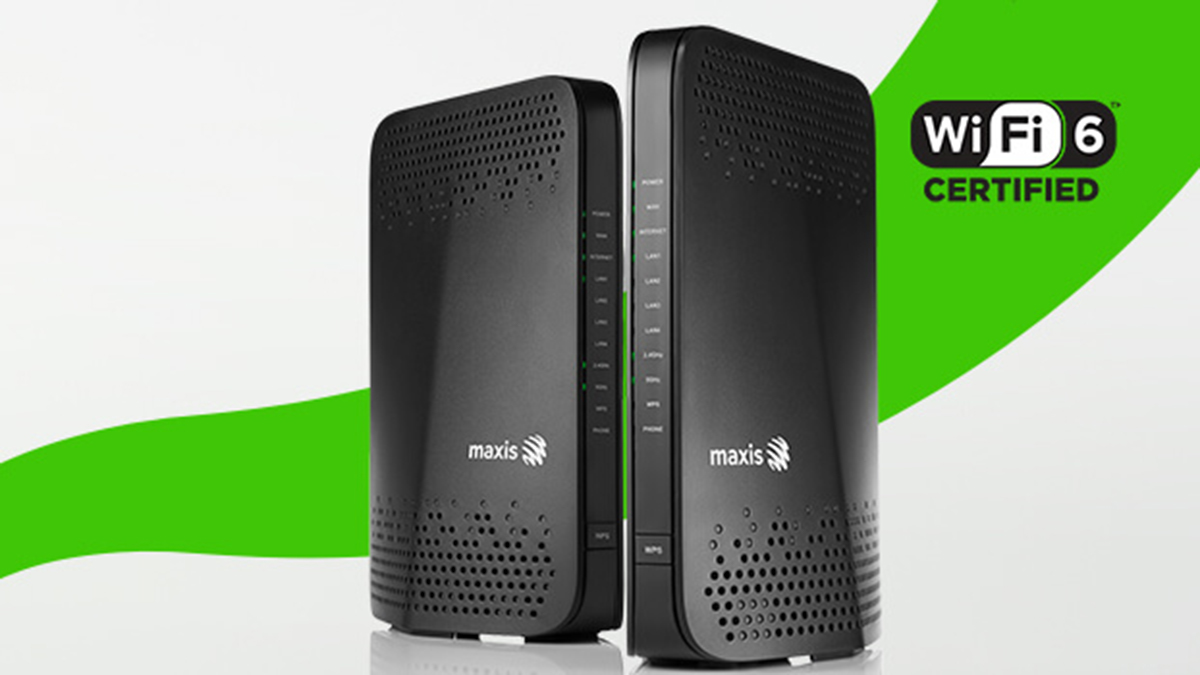OPPO is a smartphone maker that has carved a niche for itself with a plethora of selfie-centric phones endorsed by a barrage of celebrities. The world may have forgotten that the leading China phone maker has a penchant for doing some clever stuff, as demonstrated with its flagship Find and N series.
It’s hard to pinpoint just when OPPO veered from a bold, innovative up-and-comer to mainstream darling although clues point to its last technological marvel – the Find 7.
The Find 7 was ground-breaking. It had an ultra-high definition 5.5-inch qHD display (2560×1440), the world’s smallest 2K display I might add.
The device had a solid build – with a titanium-aluminium alloy frame and housed a 3,000mAh battery.
It packed the most powerful Qualcomm processor at the time – Snapdragon 801, coupled with a generous 3GB of RAM.
With the Find 7, OPPO led the industry with its proprietary VOOC fast charge technology, which could juice up the internal battery up to 75 percent in just 30 minutes.
And who can forget the N1 and N3 with their rotatable cameras.
So, that was four years ago. That’s eons in the technology space.
The good news is, OPPO may have found its true self again. With its flagship Find X.
The real flagship
The R series for most part has been the flagship series for OPPO for several years, the R15 Pro being the latest bearing the label.
It’s finally time to move aside for the real Slim Shady.
Slated for a global reveal less than eight hours from now, the Find X is once again OPPO’s showpiece, the pièce de résistance.
Thanks to The Verge, the stunning show-stopper is now out in the open.
The stakes are high, perhaps of OPPO’s own doing, having released several teasers including a video on CCTV, a TV channel in China showing the device’s mind-blowing camera mechanism.
From the get go, the Find X looks gorgeous. It’s sleek and curvy in a Samsung Galaxy S9 sort of way. The screen is massive even by today’s standards, although it curves round the edges to meet its shiny metal body with 3D glass.
It isn’t the highest resolution screen, mind you, however, it is a vibrant OLED panel with FHD+ resolution measuring 6.4-inch. Because it’s all-screen and nearly bezel-less, it will feel compact in the hands.
By the way, its screen-to-body ratio is an astonishing 93.8 percent, the highest ever on a smartphone.
For notch haters, you’re going to love that the Find X doesn’t have one.
Which then begs the question, where did OPPO fit in the cameras?
So, here’s where the wizardry begins. OPPO has devised a mechanised retractable camera system that keeps both the rear and front cameras hidden when not in used.
When you turn on the device and fire up the camera app, the entire top section of the phone slides up and reveals a 25MP selfie camera with a 3D facial scanning system. On the rear is a 16MP + 20MP dual-camera setup.
When you close the camera app, the entire assembly retracts into the device’s chassis.
OPPO says the camera can open in just 0.5 seconds which is pretty quick.
The cool thing is that when you need to use facial recognition to unlock the phone, the camera slides out, does its facial scanning then retracts back into the chassis.
Remarkable.
By the way, because of how it’s designed and OPPO’s decision to keep the rear body clean, the Find X does away with any fingerprint sensor. Unfortunately, there is no under-display fingerprint scanning technology either, unlike the vivo X21 or NEX.
Aside from the camera trickery, the Find X is every bit the high-end Android smartphone. It uses the Qualcomm Snapdragon 845 chipset, alongside 8GB of RAM and up to 256GB of storage.
It comes with a 3,730mAh battery that charges up via OPPO’s amazing VOOC fast charging technology.
The dual-SIM phone runs Android 8.1 Oreo with the iOS-inspired ColorOS on top.
The downsides? No IP dust- and water-resistance and no wireless charging.
The Find X will be available to order in China starting later today. Details of availability and pricing will be revealed at the official launch.
The OPPO Find X launch happens in Paris, France at 8.45PM Paris time (2.45AM MYT, 20 June 2018). You can watch the live stream here.
Source: The Verge


